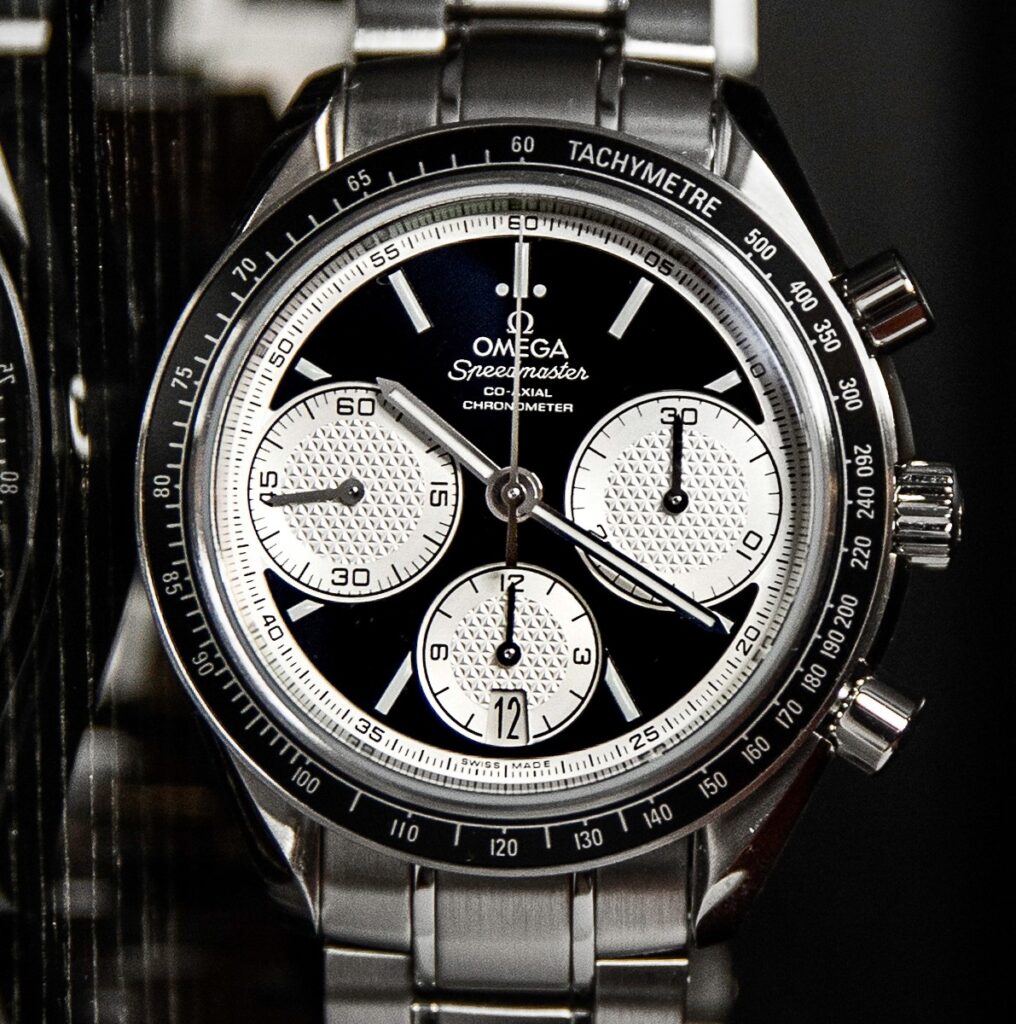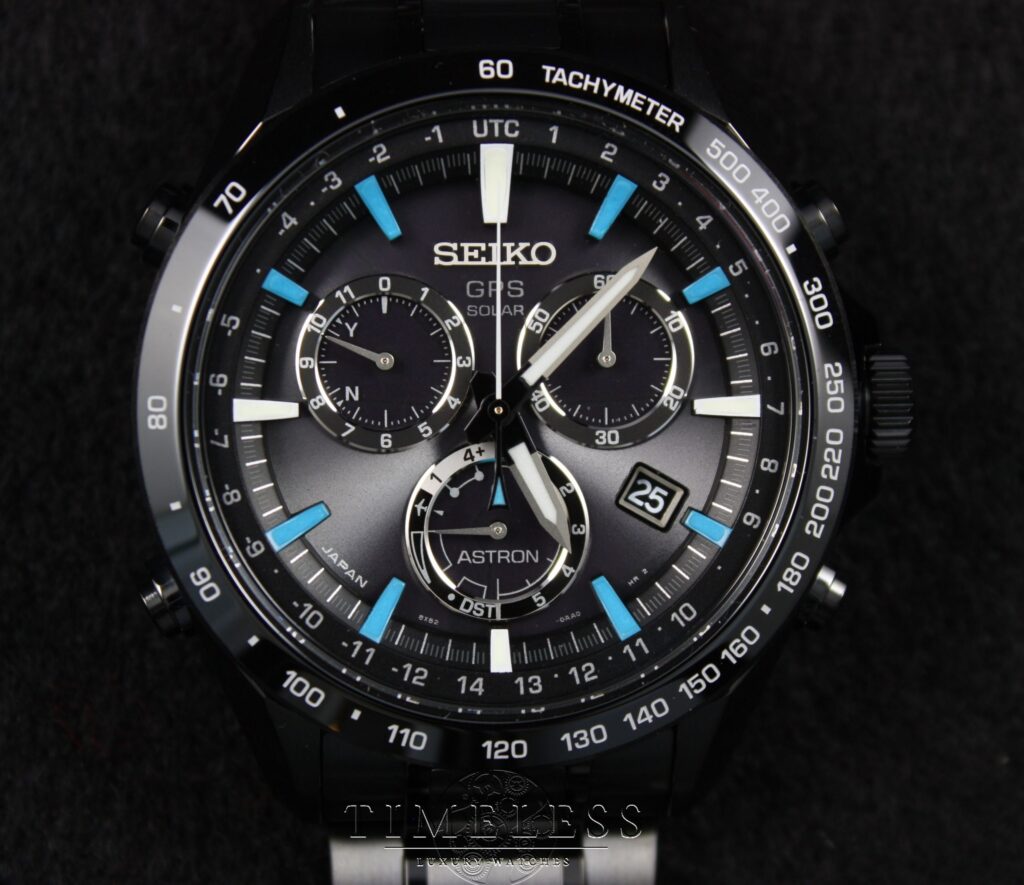What is a Tachymeter?
In the early 20th century the wristwatch began making a name for itself. These first wristwatches were essential in freeing up hand movement when handling newly invented machines like airplanes and other motorized vehicles. Because these machines were covering long distances and moving at rapid speeds, the measurement of elapsed time in relation to distance and speed became vital to the user’s safe and effective travels. Long before on-board automation and smart tech, the wristwatch was a first defense in taking travel measurements in transit. However, a wristwatch’s ability to function this way wasn’t adapted from the get-go. As time went, pilots; ship captains; and motor sport enthusiasts (as well as other speed-minded engineers) worked with watch companies to develop new tech for the wristwatch. A stand out among these tech updates was the implementation of a tachymeter.

One who’s not familiar with the term might ask, “What is a tachymeter?” or “How does it function?”. Well, the prefix “tachy-” comes from old Greek and translates to “swift”. The suffix “-meter” is by all accounts a shorthand for “measure”. The function is therefore all in the name: A tachymeter is a tool for measuring swiftness or “speed”. With watches, the tachymeter scale is inscribed on the bezel. The tachymeter scale inscribed is typically paired with a chronograph or “stopwatch” movement. Tachymeter inscriptions on the bezel—paired with the stopwatch function—aid the wearer in tracking speed over a fixed distance. It does require some mathematics to use this function on a watch. However, conversions can be done on the fly with a little practice.
As tachymeter conversions go (briefly), the tick-marked inscriptions are units that can be tracked as seconds—those units can then be converted to speed units per hour. As well, distance can also be measured on a fixed-time scale by converting the seconds on the chronograph to units of distance. On a related note, another function to look out for with conversions on a modern tachymeter is bi-directional rotation on the bezel. This innovation came about not long after WWII—as aviation (in particular) was moving forward from wartime. The bi-directional rotation can be/was quite an upgrade—it allows stacking of the scale to measure speed over further distances, or further distances on fixed speeds.

Although there isn’t a fixed date on when this tech was first adopted, it has been a helpful tool for anyone involved professionally with engine-driven transit—for over a century. Wristwatch tachymeters have helped folks like Charles Lindbergh and the Apollo 13 astronauts make journeys across oceans or get safely back from space. They have also played their own helpful role in the growth of global transit over the years. On top of these functions and plethora more, the tachymeter—as a result of the popularity of aviation watches over the years—has also become a bold style choice for fashionable timepiece enthusiasts. So, whether you’re utilizing a wristwatch as a redundancy for on-board “swiftness” measurements; doing a bit of globetrotting; or simply wanting a stylish bit of engineering on your wrist—the tachymeter is a solid companion that will follow you over any measure of distance and time.

